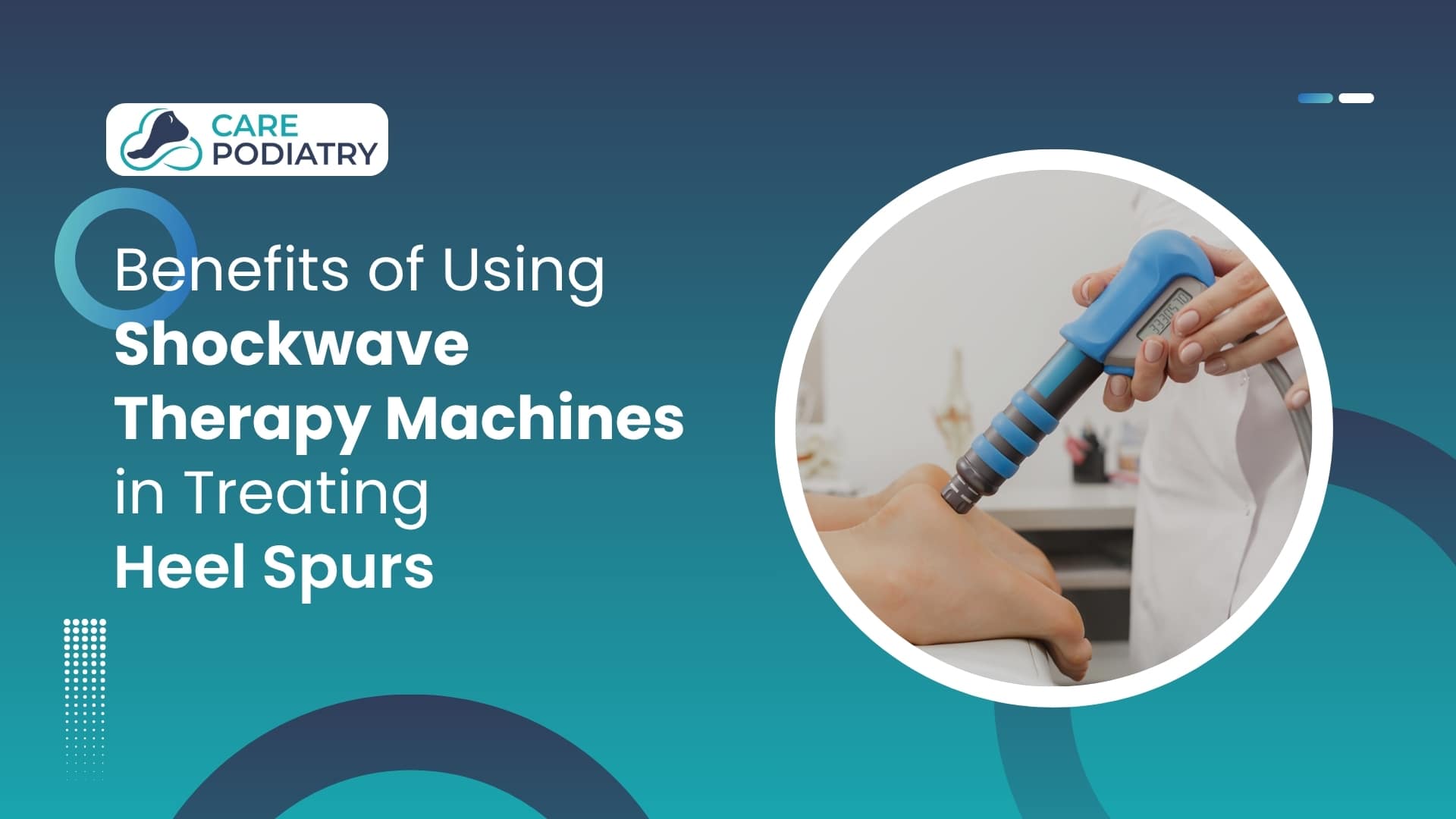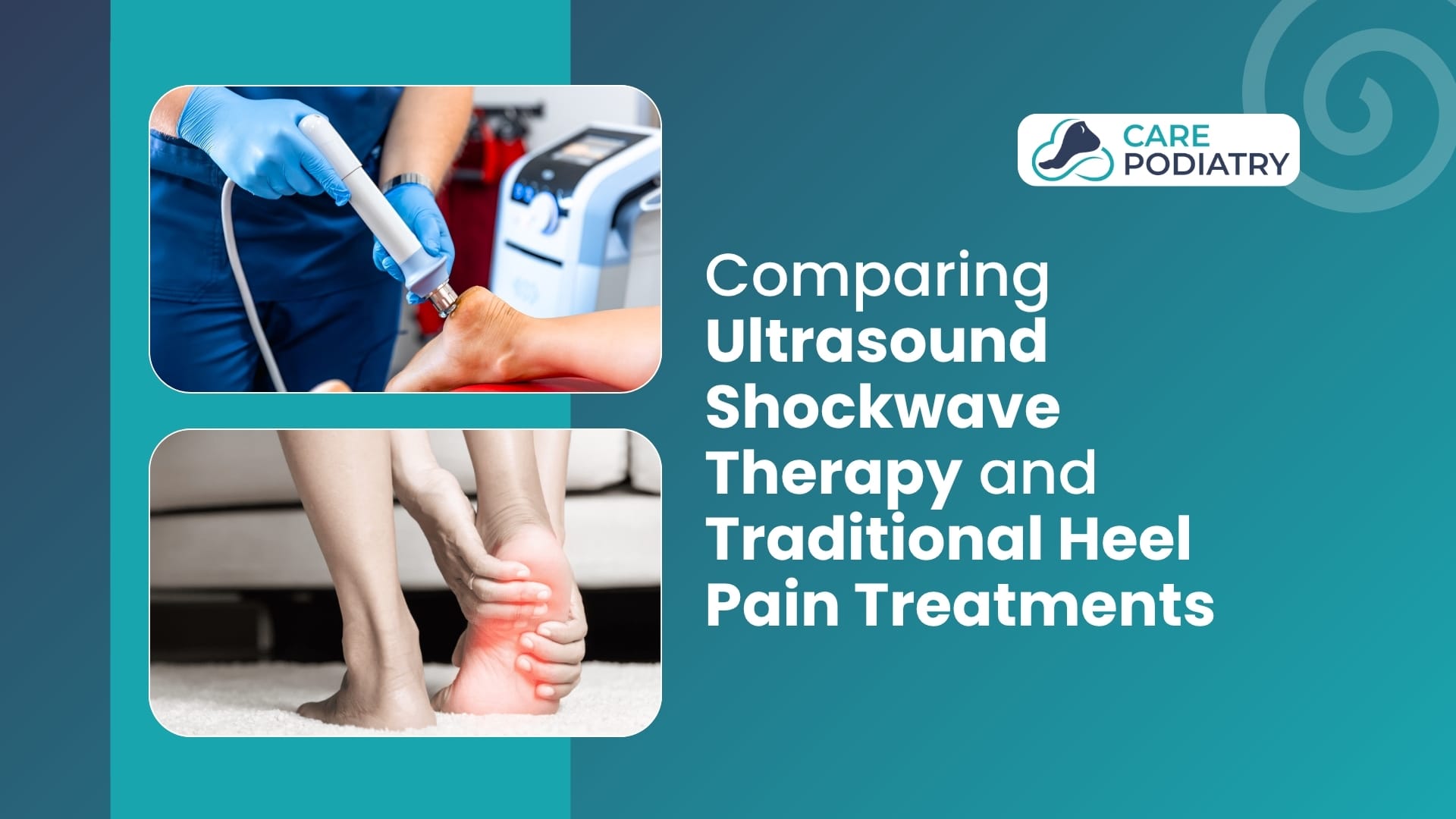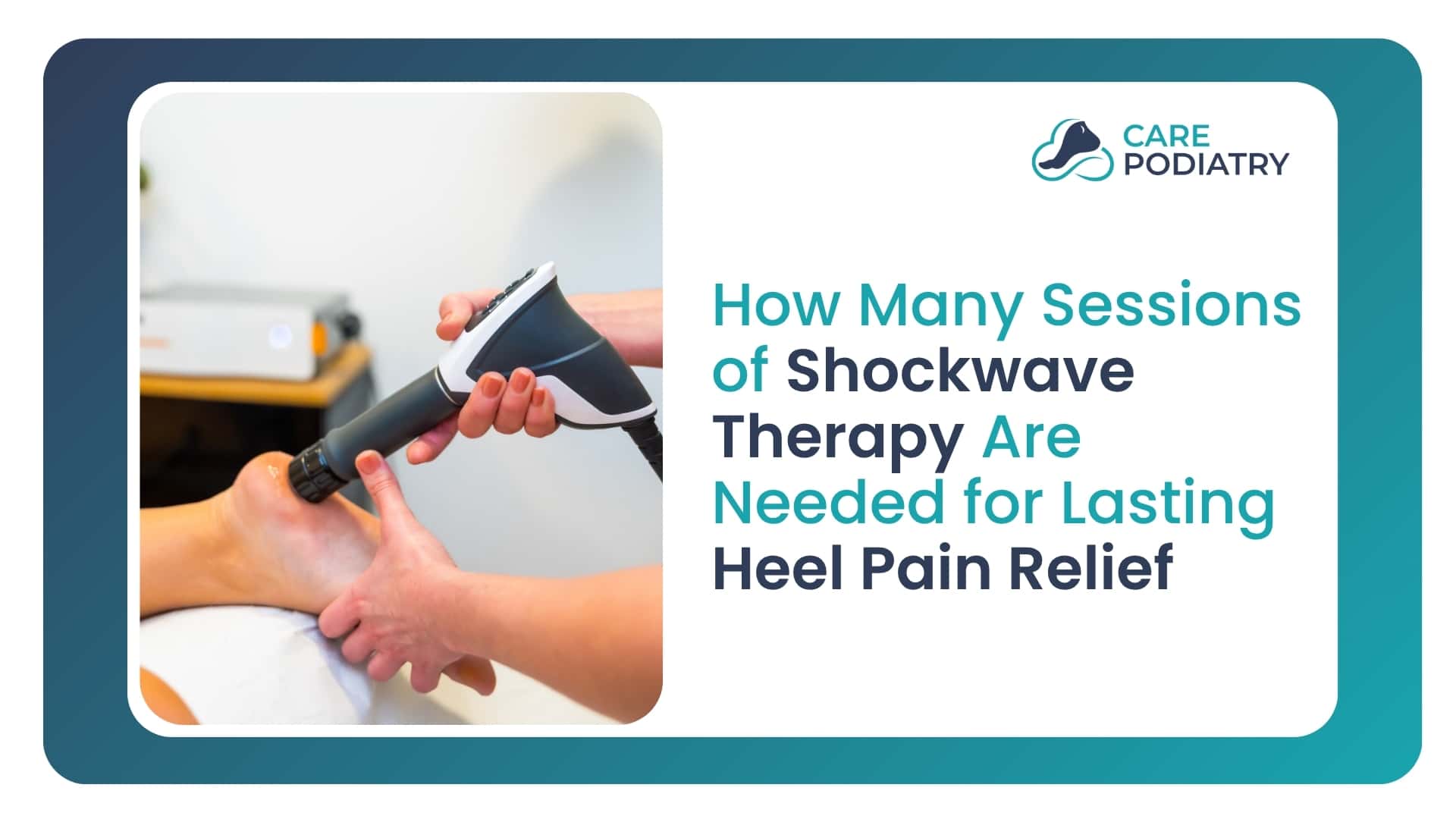Heel spurs are one of the frequent causes of foot pain and they affect millions of individuals across the world. These bony protrusions grow on the heel bone and in most cases, they are associated with plantar fasciitis, which is characterized by inflammation and pain that makes walking or standing to be painful.
Over the years, patients used conservative therapies such as rest, orthotics, and drugs, or invasive therapy such as surgery. Nonetheless, technological changes in the field of podiatric treatment have brought about the use of shockwave therapy machines, which is a very effective and painless method of curing heel spurs.
The following blog will discuss the mechanics of shockwave therapy, the advantages of the therapy, and its rising popularity as a treatment option in patients with heel spurs.
What Are Heel Spurs?
Heel spurs are abnormalities of the heel that are created through the growth of calcium on the lower surface of the heel bone. Their causes are usually repetitive stress, overuse or stress on the plantar fascia.
Although heel spurs in themselves are not necessarily painful, they are linked with:
- Plantar fasciitis (inflammation of the plantar fascia)
- Chronic heel pain
- Difficulty walking or running
- Tenderness in the heel
A conventional treatment involves stretching, orthotics, rest, ice, and anti-inflammatory drugs. In some hard-to-treat cases, physicians even prescribed steroid injections or surgery. However, these solutions are either temporary or associated with risks and time of recovery.
How Does Shockwave Therapy Work for Heel Spurs?
Shockwave therapy (ECSWT), also referred to as extracorporeal shockwave therapy, is the high-energy acoustic shockwave that is applied to the inflamed section of the foot. These waves go deep within the tissues healing and causing less pain by:
- Stimulating blood circulation.
- Breaking down calcium deposits.
- Encouraging tissue regeneration.
- Reducing inflammation in surrounding tissues.
The shockwave therapy is quite different in the sense that it treats the source of pain in the heel spur directly and provides not only temporary pain relief but also permanent healing.
Major Benefits of Shockwave Therapy Machines in Treating Heel Spurs
1. Non-Invasive Treatment Option
Shockwave treatment involves no surgery, no cuts, no illness. This renders it a good option among patients who would not want to undergo invasive surgeries and prolonged healing.
2. Pain Relief Without Medication
Many traditional treatments rely on painkillers or steroid injections, which may carry risks of side effects. Shockwave therapy provides natural pain relief by stimulating the body’s own healing mechanisms.
3. Stimulates Natural Healing
Shockwave machines boost blood flow and collagen production in the affected area. This accelerates the body’s ability to repair damaged tissue and restore normal function.
4. Breaks Down Calcium Deposits
One of the unique benefits of shockwave therapy is its ability to help break down calcium build-up around the heel spur, reducing stiffness and discomfort over time.
5. Quick and Convenient Sessions
Most treatments last only 15–20 minutes and can be performed in a clinic setting. Patients often require a series of 3–5 sessions for noticeable results, with no restrictions afterward.
6. Effective for Chronic Heel Pain
For patients with chronic heel pain that hasn’t responded to traditional treatments, shockwave therapy offers hope. Studies show high success rates for long-lasting relief.
7. Minimal Side Effects
The procedure is safe and well-tolerated. Some patients may experience mild soreness or redness after treatment, but these side effects are temporary and resolve quickly.
Comparing Shockwave Therapy with Traditional Treatments
| Treatment | Pros | Cons |
|---|---|---|
| Rest & Ice | Easy, cost-free | Temporary relief only |
| Orthotics | Supports foot structure | Does not directly heal spur |
| Medications | Reduces pain and inflammation | Side effects, temporary relief |
| Steroid Injections | Fast pain relief | Short-term, risks of tissue damage |
| Surgery | Permanent removal of spur | Invasive, long recovery, risks |
| Shockwave Therapy | Non-invasive, stimulates healing, long-term relief | Might require multiple sessions |
Who Should Consider Shockwave Therapy?
Shockwave therapy is best suited for patients who:
- Have chronic heel pain lasting 6 months or more.
- Have not responded to conventional treatments like rest, orthotics, or medication.
- Want a safe, effective, and non-invasive treatment option.
- Prefer to avoid surgery and its risks.
However, shockwave therapy may not be recommended for pregnant women, people with nerve disorders, or patients with certain blood clotting conditions. Always consult a podiatrist before starting treatment.
The Long-Term Outlook with Shockwave Therapy
Unlike painkillers or injections that only mask symptoms, shockwave therapy addresses the underlying problem by enhancing tissue healing and reducing calcium deposits. With proper foot care, supportive footwear, and follow-up treatment, many patients achieve lasting relief and return to their normal activities pain-free.
Conclusion
Heel spurs can be frustrating and painful, limiting mobility and affecting quality of life. While traditional treatments provide relief for some, they often fall short for chronic sufferers. Shockwave therapy has transformed podiatric care, offering patients a non-invasive, safe, and highly effective solution to heel spur pain.
At Care Podiatry, we are proud to offer advanced treatments like shockwave therapy, along with comprehensive foot and ankle care, diabetic foot management, and custom orthotics. Serving Anaheim and Lakewood, our expert team is committed to helping you walk comfortably again.
Book your appointment today and take the first step toward lasting heel pain relief.
Frequently Asked Questions
How effective is shockwave therapy for heel spurs?
Shockwave therapy is highly effective for heel spurs, with many patients experiencing significant pain reduction after a few sessions. It stimulates natural healing, reduces inflammation, and can provide long-lasting relief compared to temporary methods.
How many sessions of shockwave therapy are needed for heel spurs?
Most patients require 3–5 sessions of shockwave therapy for noticeable improvement. Each session lasts about 15–20 minutes, and results can continue improving over several weeks following the treatment.
Is shockwave therapy painful?
Shockwave therapy may cause mild discomfort during treatment as acoustic waves target the affected area. However, the discomfort is temporary, and most patients report noticeable pain relief shortly after completing their sessions.
Are there side effects of shockwave therapy?
Side effects are minimal and usually include slight soreness, redness, or swelling in the treated area. These effects typically resolve within a few days, making shockwave therapy a safe and well-tolerated procedure.
Can shockwave therapy cure heel spurs permanently?
Shockwave therapy doesn’t remove the bony spur but reduces inflammation, breaks down calcium deposits, and promotes tissue healing. This often results in lasting pain relief and restored mobility without surgery.



